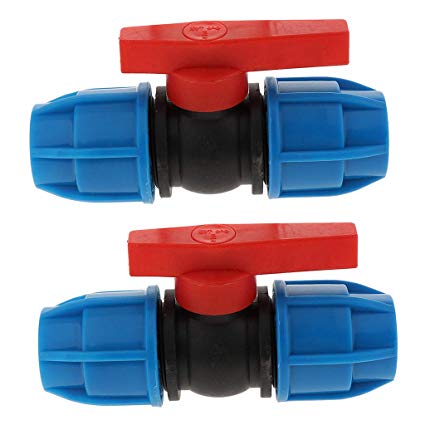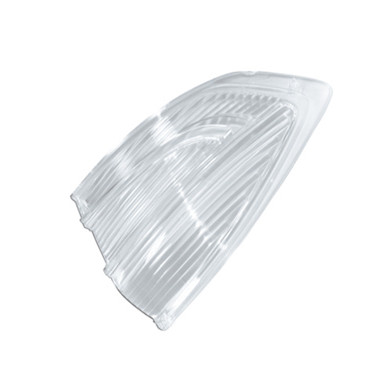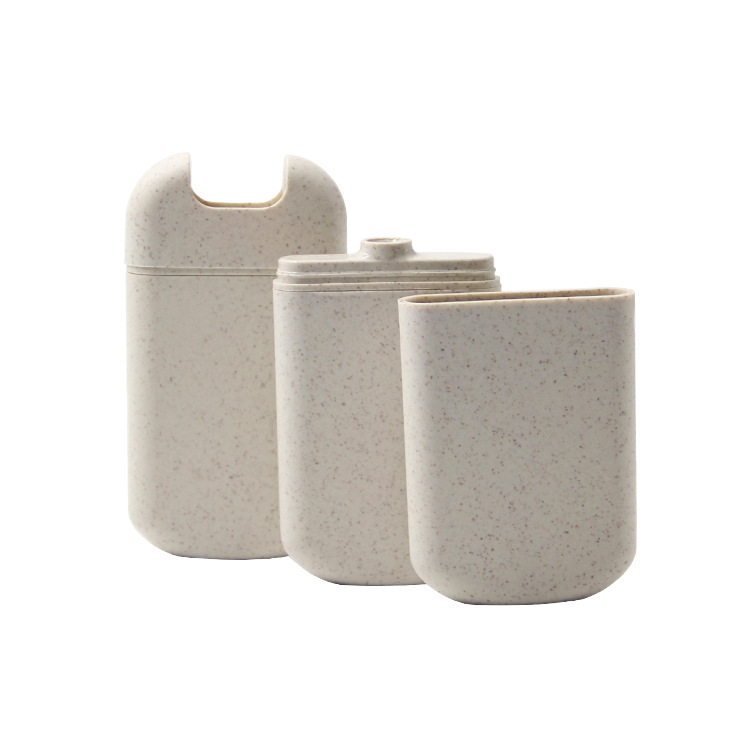What is ABS Plastic and advantages? ABS, also known as Acrylonitrile Butadiene Styrene, is a polymer that is composed of three different monomers. These components are acrylonitrile, butadiene, and styrene. The overall property of ABS plastic depends on the constituent proportion of the monomers. Each monomer is responsible for certain properties. Acrylonitrile provides chemical and […]











